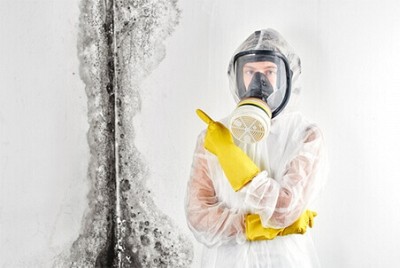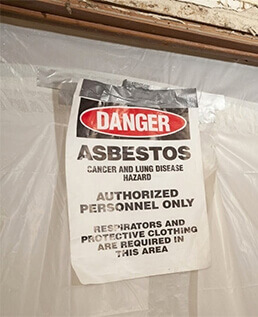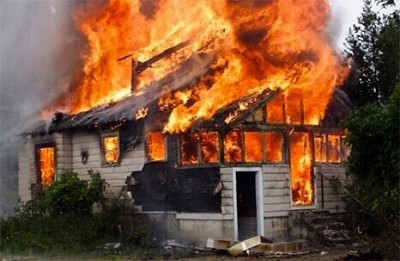Could There Be Asbestos in The Water Supply?
Before large waves of asbestos removal in Montreal, the mineral was used widely in Quebec and around the country, including water pipes. As a result, overtime, as the mineral started to degrade, the risk of asbestos-contaminated water is a concern for the general public. Due to the widespread use of asbestos and understood danger of exposure to the mineral, the federal government has released notices informing the public that asbestos-water pipes throughout the country, whether that’s in Quebec or Alberta, have undergone risk assessments to understand what the likelihood of exposure is.
Why Was Asbestos Used in Water Pipes?
Asbestos was valued for its strength, durability, and resistance to heat and corrosion. It was often mixed into cement to create asbestos-cement pipes, which were lightweight, strong, and cost-effective. These pipes were installed in many municipal water systems across Canada throughout the mid-20th century. While these systems were considered safe at the time, aging pipes can degrade, releasing fibers into the water supply. The risk depends on the condition of the pipes and whether the water is corrosive enough to release fibers.
Are Property Owners Responsible for Asbestos in Pipes?
Responsibility for asbestos in water pipes depends on where the contamination is located. In many cases, municipal governments manage main water lines, including older asbestos-cement piping. However, property owners are responsible for private lines running from the street to their homes or buildings. If asbestos is found in private water infrastructure, homeowners may need to arrange professional testing and asbestos removal in Montreal with Canada’s Restoration Services to mitigate risk. Regular inspections and risk assessments help identify problem areas before they pose health hazards.
Contact us for more insight.






